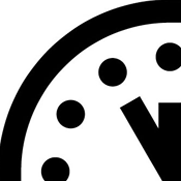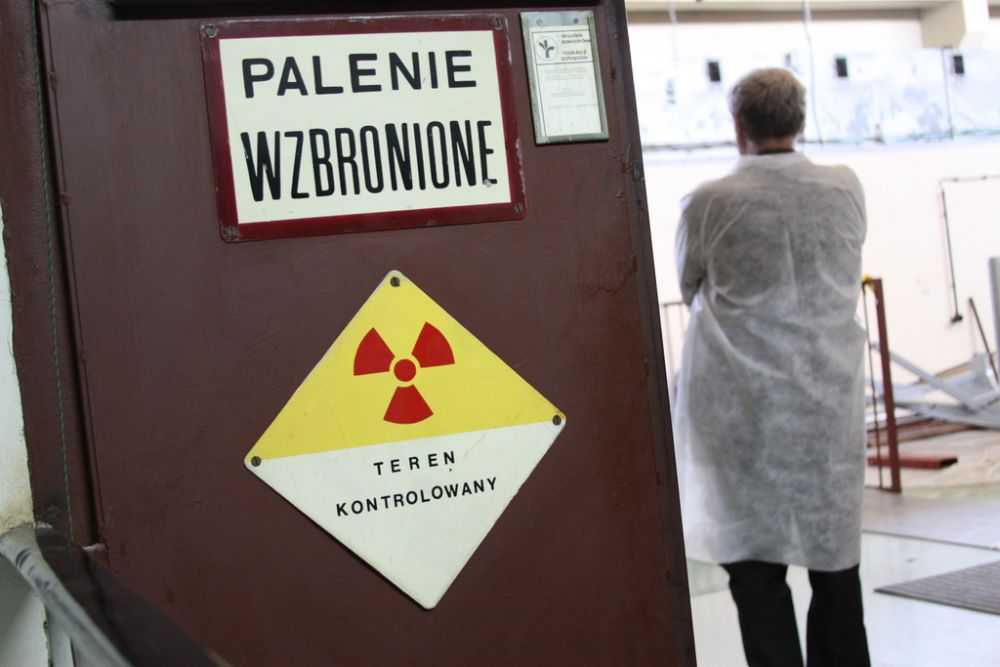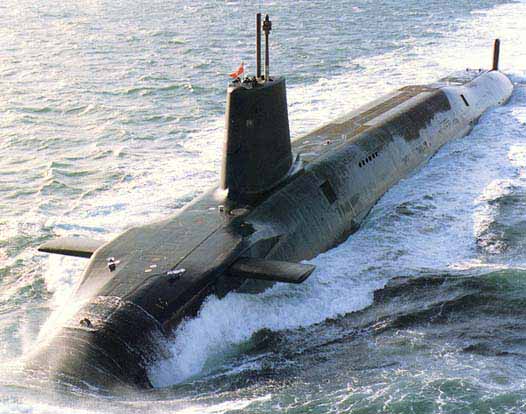
Corey Hinderstein
Vice President, International Fuel Cycle Strategies
The following is an excerpt from a summary of an article co-authored by Corey Hinderstein, Andrew Newman and Ole Reistad of the Norwegian Institute of Energy Technology in July/August issue of The Bulletin of the Atomic Scientists:
Today, there are approximately 1,440 tons of HEU in the world, some of it poorly secured. Because this material an ideal target for terrorists seeking to build a nuclear weapon, efforts are underway to reduce, secure, and consolidate stocks of HEU. But simply minimizing the use of HEU is no longer sufficient to combat the risk of nuclear terrorism. The international community’s efforts must now turn to elimination, with an initial focus on enhanced transparency and developing stronger international standards for the management of existing HEU inventories.
The authors recommend policy changes in six areas:
The fact remains that the less HEU that exists, the less opportunity there is for a terrorist group to acquire the material needed for a nuclear bomb. As the authors note: “Access to highly enriched uranium is the piece of the terrorist puzzle that is most within our control.” The conversation must now shift from minimization to elimination.
Read the full summary.
To read the full article, click here.
The final, definitive version of this paper has been published in The Bulletin of the Atomic Scientists, Volume 68/Issue 4, July/August 2012 by SAGE Publications Ltd./SAGE Publications, Inc. All rights reserved. ©
Sign up for our newsletter to get the latest on nuclear and biological threats.
Over a ten-year period, more than 700 kilograms of highly enriched uranium was removed from Poland, making it the 31st country to completely remove their HEU.
The Civilian HEU Reduction and Elimination Resource Collection has been updated by CNS in the wake of the April 2016 Nuclear Security Summit (NSS).
Report draws from input of study group of former military and political officials from nuclear-armed states.



